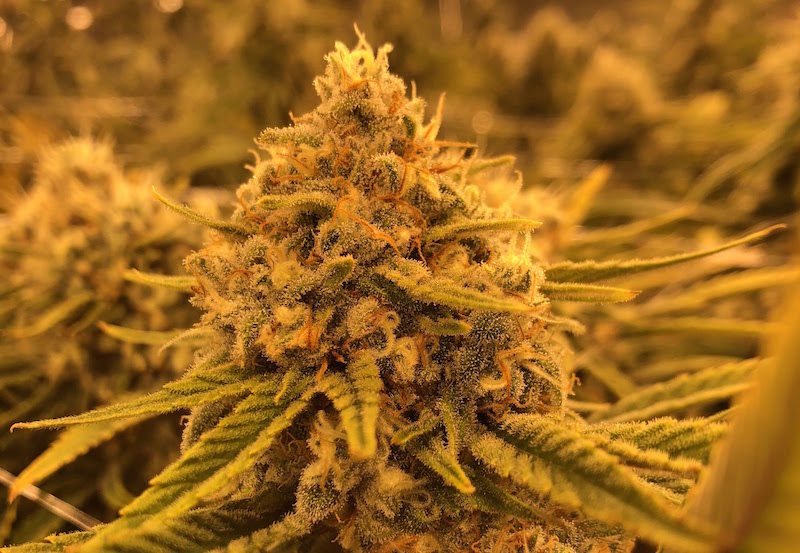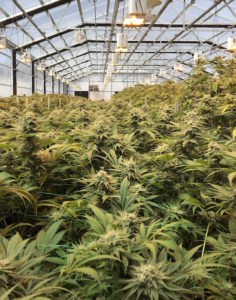
Sourcing Good Genetics
In a legal or black market, the grower’s greatest asset is their genetics. Their strain portfolio, whether 10 or 100, can separate them from being a successful or a failing company. A grower can be only as good as their genetics allow them. Some strains are more forgiving to climate swings or pest pressure while others take an art in managing them to produce high-quality yields and cannabinoid production. It takes time and a keen eye to find the right genetics for your facility.
Discovery and introduction
Once a grower is ready to introduce new genetics to the market, they face government regulations that vary state by state. Strict states provide a small window of opportunity to introduce strains from outside the grower’s facility, leaving the company to commit to their find for the foreseeable future.
The product likely traveled across multiple state lines before finding its way to its new home, yet the state looks the other way as if these genetics came out of thin air. Illinois, for example, will only give a grower limited windows to allow for new genetics to come into the facility. Colorado, on the other hand, allows for a more flexible schedule. State governments that have spent more time in the industry show a willingness to further the players in the industry, rather than hinder their progress.
A common, yet federally illegal, practice to discovering new genetics is to purchase seed (in person) from a California or Colorado dispensary to ship back to their facility. This is the unfortunate reality in a newly regulated state. Once a company has taken the risk to find the genetics, they need to verify that they are of value to them and the market. Most of the time these sought-after genetics are read about in Instagram posts from other growers — very few are in catalogs or field trials.
Testing New Genetics

As with any new genetic, the process of testing can take six to 12 months. This time constraint forces the company to invest thousands of dollars upfront before one can learn the efficacy of the seed. In the vegetable or flower industry, it can take up to five or more years to guarantee a new variety is of quality to mass produce in the market. In the cannabis industry, a finished grower may only have six months to find a good phenotype within the pack of six to 12 seeds.
Furthermore, cannabis breeders are skipping a vital step by producing homogeneous parental lines to create stable F1 hybrids leaving the grower to phenotype the seeds. Each seed will have different traits while growing — inconsistent heights, different flower sizes or varying amounts of THC. The grower will trial each seed with the hopes that one of their methods will work consistently in their production style. Not only do seeds have different attributes, but production facilities have their own practices and techniques in place. A greenhouse variety needs to be resilient to pests and climate pressures while an indoor variety must manage the input pressures of high light intensity. In a vertical indoor environment, a plant should be able to handle high light intensity while also being short to maximize multiple levels.
Cannabis breeders are slowly working to tailor genetics for the different regions and production methods; however, the days for a cannabis grower to purchase a verified seed are not yet here. The alternative is to become a finished grower in a state that allows for plant transfer from operator to operator. Another option would be to invest in the research and development of new genetics from seed companies. In most states, the latter is the only option. Genetics in some cases are a company’s greatest asset; starting the investment is crucial to their success.









